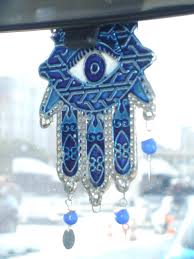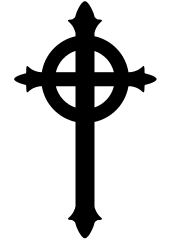
Hindu symbol
| Symbol | Hindu |
| Religion | Sikhism |
| Origin | Evolved with the Sikh faith in the 15th century. |
| Meaning | Represents the oneness of God, equality, and the Sikh principles. |
| Appearance | Central feature is the Khanda, a double-edged sword, surrounded by other elements. |
| Colors | Often depicted in blue and white, representing spirituality and purity. |
| Usage | Prominently displayed in Sikh places of worship and on the Sikh flag. |
| History | Rooted in the teachings of Guru Nanak and evolved over Sikh history. |
| Popularity | Widely recognized symbol within the Sikh community globally. |
| Importance | Signifies the core values and identity of Sikhism. |
| Complexity | Multi-layered symbolism, reflecting spiritual and moral principles. |
| Emotions | Elicits feelings of devotion, unity, and pride among Sikhs. |
- Sure, here is a summary text for the Sikh symbol, the Khanda:
The Khanda is the central symbol of the Sikh faith, representing its core values and principles. It is a composite symbol made up of several elements, each with its own rich meaning:
-
Ek Onkar: The phrase “Ek Onkar” in Gurmukhi script, meaning “One God,” sits at the top of the symbol. This emphasizes the monotheistic nature of Sikhism and the belief in one universal creator.
-
Double-edged sword (Khanda): The central element is a double-edged sword called a Khanda. It symbolizes courage, righteousness, and the defense of faith and justice. It also represents the warrior saint tradition within Sikhism.
-
Chakkar: The chakkar, a circular throwing ring, surrounds the base of the sword. It represents God’s eternal and all-encompassing nature, without beginning or end.
-
Kirpans: Two crossed swords, called Kirpans, flank the chakkar. They represent the twin concepts of “Miri” (temporal sovereignty) and “Piri” (spiritual authority). This signifies the Sikh commitment to both worldly and spiritual responsibilities.
-
Kantha: The Khanda is often surrounded by a stylized sash called a Kantha. This represents service, humility, and the Sikh community’s bond.
The Khanda is a powerful symbol that encapsulates the essence of Sikhism. It is a reminder of the faith’s core values of courage, justice, equality, and devotion to God. Sikhs around the world wear miniature Khanda pendants or display the symbol in their homes and gurdwaras (Sikh places of worship).
Here are some additional points you may want to include in your summary:
- The Khanda was adopted as the official symbol of Sikhism in the 1930s.
- It is often depicted in blue and orange, symbolizing the sky and the earth.
- The Khanda is a deeply meaningful symbol for Sikhs and is seen as a representation of their faith and identity.
View rest of the Religious Symbols, Sikhism Symbols
-
444 angel number
-
333 angel number
-
222 Angel Number
-
Christianity
-
Catholic Fish
-
Hamsa Hand
-
Jesus Cross
-
Presbyterian
-
Judgement








